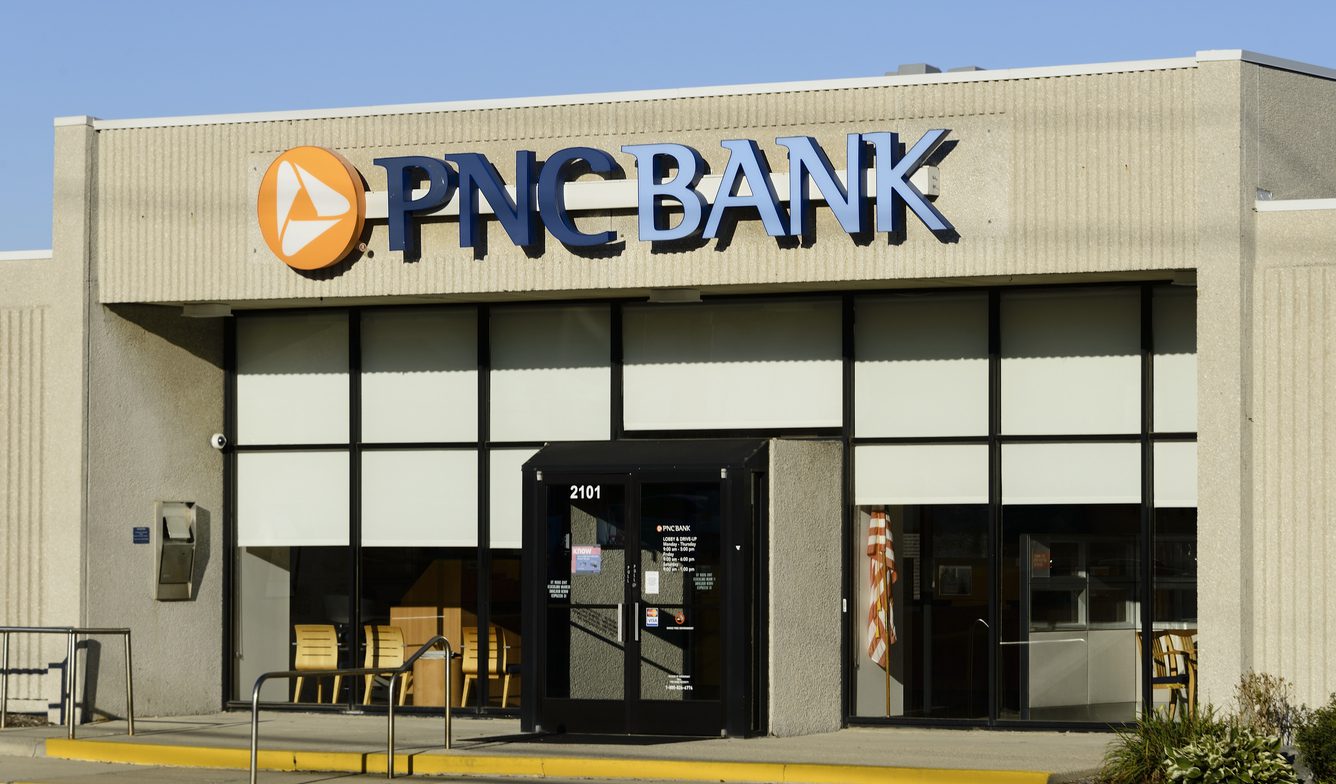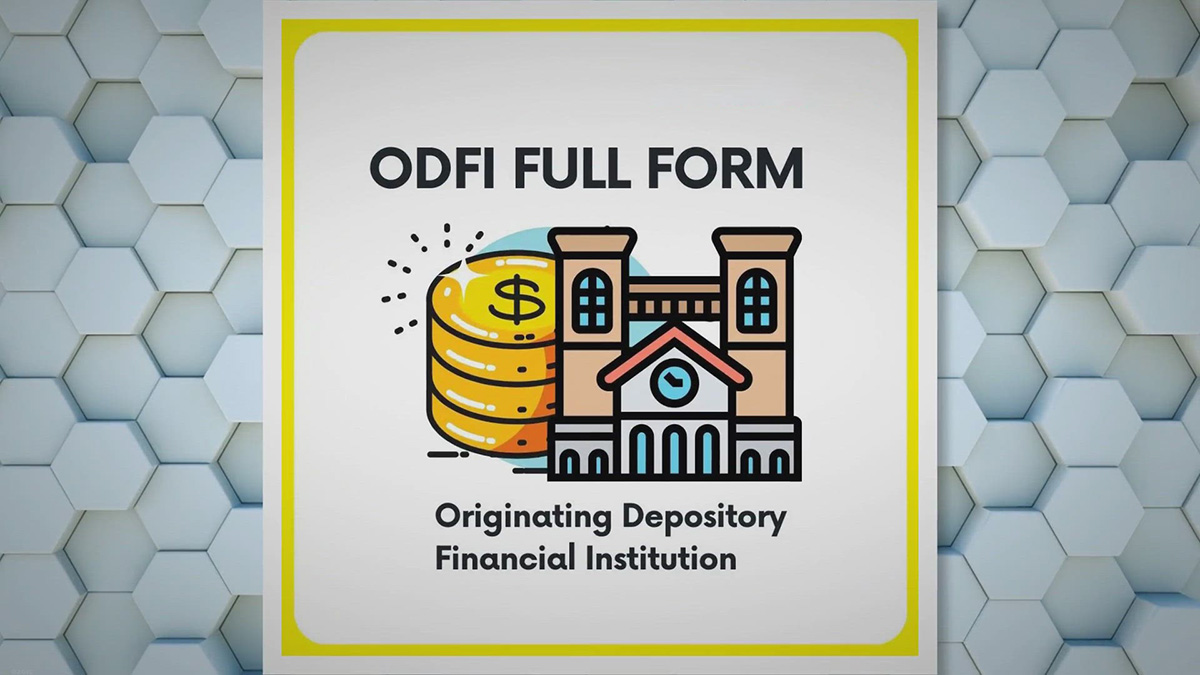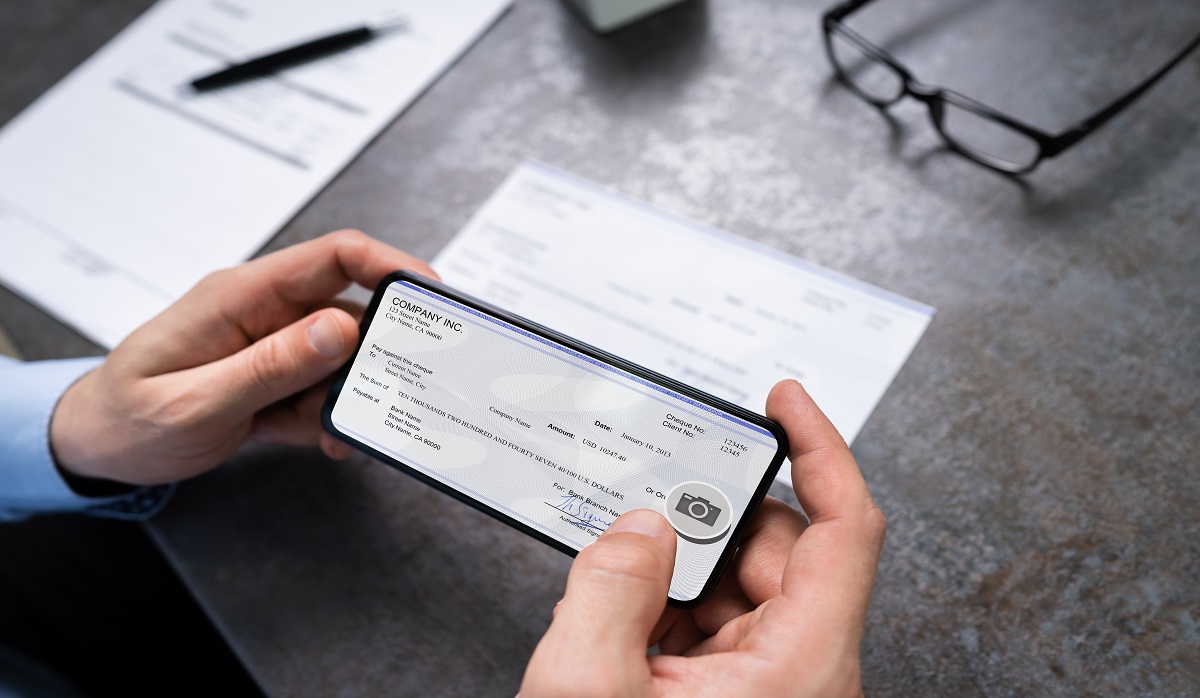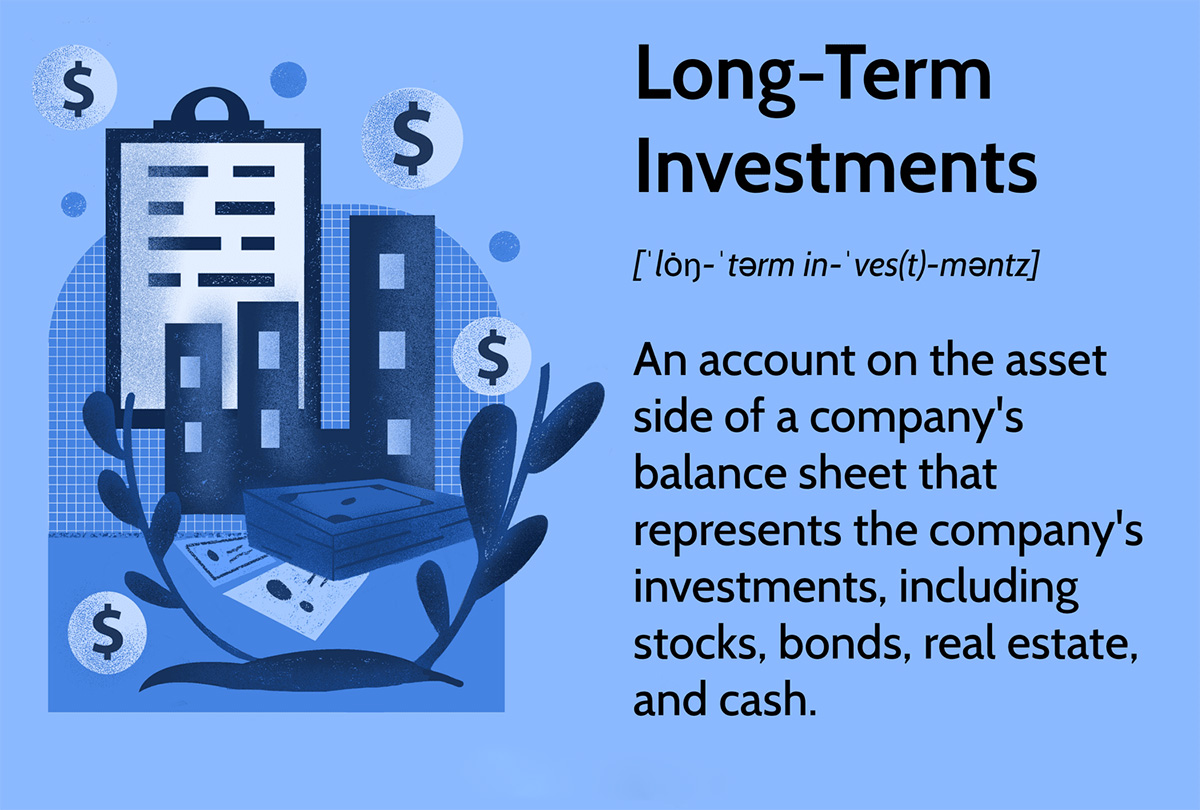Home>Finance>Bank Returned My Deposit For Secured Card: What Does It Mean?


Finance
Bank Returned My Deposit For Secured Card: What Does It Mean?
Published: March 1, 2024
Discover what it means when a bank returns your deposit for a secured card. Get insights and advice on finance-related matters.
(Many of the links in this article redirect to a specific reviewed product. Your purchase of these products through affiliate links helps to generate commission for LiveWell, at no extra cost. Learn more)
Table of Contents
Introduction
Receiving a returned deposit for a secured credit card can be a confusing and unexpected event. If you find yourself in this situation, it’s natural to wonder what it means and what steps to take next. Understanding the significance of a returned deposit and the potential reasons behind it is crucial for managing your finances and credit effectively. This article aims to provide clarity on this subject, offering insights into secured credit cards, potential reasons for a deposit return, and the appropriate next steps to consider.
Secured credit cards are often utilized by individuals who are looking to build or rebuild their credit. These cards require a cash deposit, which serves as collateral and typically determines the card’s credit limit. While they offer a valuable opportunity to establish or improve credit history, the process can be complex, especially if unexpected occurrences, such as a returned deposit, arise.
By delving into the nuances of secured credit cards and the implications of a returned deposit, we aim to equip you with the knowledge needed to navigate this situation confidently. Whether you’ve experienced a deposit return or are simply seeking to expand your financial literacy, this article will serve as a comprehensive guide to understanding the intricacies of secured credit cards and the implications of a returned deposit.
Understanding Secured Credit Cards
Secured credit cards are a valuable financial tool for individuals aiming to establish or rebuild their credit. Unlike traditional credit cards, secured cards require a cash deposit, which acts as collateral and safeguards the issuer against the risk of non-payment. This deposit often determines the card’s credit limit, providing a sense of security for both the cardholder and the issuing financial institution.
These cards are particularly beneficial for individuals with limited or damaged credit history, as they offer a viable path to demonstrate responsible credit usage. By making timely payments and maintaining a low credit utilization ratio, cardholders can gradually improve their credit score, paving the way for enhanced financial opportunities in the future.
It’s important to note that while secured credit cards require a deposit, they function similarly to traditional credit cards in most respects. Cardholders can use them for purchases, online transactions, and bill payments, and their payment behavior is reported to the major credit bureaus, influencing their credit history and score.
Moreover, secured credit cards are often viewed as a stepping stone to obtaining an unsecured credit card. As cardholders exhibit responsible credit management over time, they may become eligible for an unsecured card, and in some cases, the deposit from the secured card may be returned.
Understanding the role and function of secured credit cards is essential for individuals seeking to establish or repair their credit. By leveraging these cards effectively, they can lay a solid foundation for a healthy credit profile and gain access to a broader range of financial products and services in the future.
Reasons for a Deposit Return
When a financial institution returns the deposit for a secured credit card, it can stem from various reasons, each carrying distinct implications for the cardholder. Understanding these reasons is crucial for gaining clarity on the situation and determining the appropriate course of action. Below are some common reasons for a deposit return:
- Improved Creditworthiness: One of the most positive reasons for a deposit return is the cardholder’s improved creditworthiness. If the individual has demonstrated responsible credit management and financial stability, the issuing institution may deem it appropriate to upgrade the secured card to an unsecured card, prompting the return of the initial deposit.
- Account Closure: In some cases, a returned deposit may signify the closure of the secured credit card account. This could be due to various factors, such as non-payment, account inactivity, or a violation of the card’s terms and conditions. When an account is closed, the deposit is typically returned to the cardholder, albeit with potential deductions for outstanding balances or fees.
- Account Upgrade: Similar to improved creditworthiness, a deposit return might occur when the financial institution upgrades the secured card to an unsecured one, offering the cardholder a higher credit limit and additional benefits. This transition often involves the return of the initial deposit and signifies the cardholder’s progress in their credit journey.
- Account Mismanagement: Conversely, a deposit return can result from account mismanagement, such as consistent late payments, exceeding the credit limit, or engaging in behavior that poses a risk to the issuer. In such cases, the return of the deposit may coincide with the closure of the account, serving as a cautionary outcome for the cardholder.
It’s important for cardholders to communicate with the issuing institution to ascertain the specific reason behind the deposit return. By understanding the underlying cause, they can take appropriate steps to address any issues, rectify financial mismanagement, or capitalize on the positive outcome of improved creditworthiness.
Ultimately, the reasons for a deposit return can significantly impact a cardholder’s financial standing and future credit opportunities. By discerning the rationale behind this occurrence, individuals can proactively manage their finances and credit to achieve favorable outcomes.
Next Steps After a Deposit Return
Following the return of a deposit for a secured credit card, it’s essential for the cardholder to take proactive measures to address the implications of this event. The specific next steps may vary based on the reason for the deposit return and the individual’s financial goals. Below are some recommended actions to consider:
- Communicate with the Issuing Institution: Upon receiving a returned deposit, it’s advisable to reach out to the financial institution that issued the secured credit card. By engaging in open communication, cardholders can gain clarity on the reason for the deposit return and seek guidance on the appropriate next steps. This proactive approach demonstrates a commitment to addressing the situation and may yield valuable insights.
- Review Credit Reports: It’s prudent for cardholders to obtain and review their credit reports following a deposit return. This allows them to assess how the account closure or upgrade, if applicable, has been reported to the credit bureaus. Understanding the impact on their credit history enables individuals to identify areas for improvement and take corrective actions as needed.
- Explore Unsecured Credit Options: If the deposit return signifies an upgrade to an unsecured credit card, cardholders may consider exploring additional unsecured credit options. This could involve applying for unsecured cards with favorable terms and benefits, leveraging their improved credit standing to access a broader range of financial products.
- Address Financial Mismanagement: In cases where the deposit return is linked to account mismanagement, it’s crucial for cardholders to address any underlying financial issues. This may involve creating a structured repayment plan for outstanding balances, adopting responsible credit management practices, and seeking financial counseling if needed.
- Reassess Financial Goals: The return of a secured credit card deposit presents an opportunity for individuals to reassess their financial goals and priorities. Whether it involves rebuilding credit, enhancing financial literacy, or pursuing specific financial milestones, this juncture can serve as a catalyst for refining long-term financial strategies.
By taking these proactive steps, individuals can navigate the aftermath of a deposit return with informed decision-making and a focus on long-term financial well-being. Embracing this as a pivotal moment in their credit journey empowers cardholders to leverage their experiences and knowledge for continued financial growth.
Conclusion
Encountering a returned deposit for a secured credit card can be a pivotal moment in an individual’s financial journey. Whether it signifies an account closure, an upgrade to an unsecured card, or improved creditworthiness, this event prompts cardholders to reassess their financial standing and chart a path forward. Understanding the nuances of secured credit cards, the potential reasons for a deposit return, and the subsequent next steps is paramount for navigating this scenario effectively.
Secured credit cards play a vital role in helping individuals establish or rebuild their credit. By responsibly managing these cards, cardholders can demonstrate their creditworthiness and pave the way for enhanced financial opportunities. However, the return of a deposit introduces a new phase in the credit-building process, necessitating careful consideration and proactive measures.
Communication with the issuing institution, diligent review of credit reports, and a strategic approach to addressing any financial mismanagement are essential components of responding to a deposit return. Furthermore, leveraging the positive outcomes, such as an account upgrade or improved credit standing, can propel individuals toward their broader financial goals.
Ultimately, the return of a secured credit card deposit serves as an opportunity for reflection, growth, and informed decision-making. By embracing this event as a catalyst for financial empowerment, individuals can harness their experiences to fortify their credit journey and pursue a more secure financial future.
Armed with a comprehensive understanding of secured credit cards and the implications of a deposit return, individuals can navigate this situation with confidence and resilience. By proactively addressing the aftermath of a deposit return and aligning their financial strategies with their long-term goals, they can embark on a path toward sustained financial well-being and credit success.














